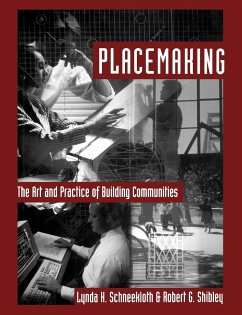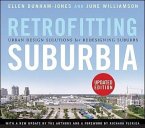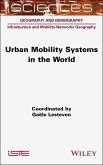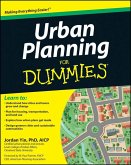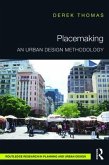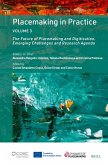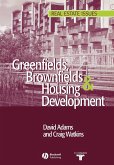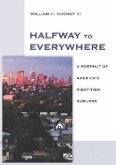"Placemaking is the way in which all human beings transform the places they find themselves into the places where they live." In this groundbreaking new book, landscape architect Lynda H. Schneekloth and architect and planner Robert G. Shibley challenge the most fundamental assumptions about the ways human beings transform the places in which they live. A call to action for a more inclusive, democratic approach to the design of human spaces, the authors use stories from their own practice to cast a new light on the relationship between communities, design professionals, and the shaping of their physical "places." The stories they tell reveal techniques for generating a collaborative spirit that will help designers, planners, and community development professionals understand the human values that lie at the heart of their professions. "To decide to be someplace as members of a community demands that we become active placemakers again, that we participate with others in our communities in thoughtful, careful responsible action." The death of Main Street, the blight of the inner city, the sterility of so much contemporary development--these are effects of a major disconnection between the human community and the built environment. At no time in the history of our society has there been a more urgent need to take a hard look at how we create physical environments. In response to this unmet need and moral confusion, Placemaking: The Art and Practice of Building Communities calls for a more dynamic, more inclusive design process and demonstrates new placemaking practices that have emerged from different communities and environments. "Placemaking is the way in which all human beings transform the places they find themselves into the places where they live." Drawing on four actual "stories" from their own professional practice, the authors show how empowered communities, working in a true democratic collaboration with planning and architecture professionals, can create places which not only support work and play, but also help foster relationships between people. These stories represent a broad range of communities and physical environments: The First Baptist Church of Roanoke, Virginia--in rebuilding its church, a community struggles to define itself and the role of the church building within the community The International Banking Institute--a story of change in the workplace, group dynamics, and the ability of an organization to learn about itself The Roanoke Neighborhood Partnership--the creation of a new, more collaborative relationship between neighborhood people, city government, the private sector, and design professionals The Rudy Bruner Award Program--an examination of what makes an "excellent" place and how the creative ability of communities can transform problems into successful projects "Placemaking consists of those daily acts of renovating, maintaining, and representing the places that sustain us . . ." In telling these stories, the authors demonstrate how certain practices--making a "dialogic space," "the dialectic of confirmation and interrogation," and "framing action"--can be used to create, transform, maintain, and renovate the places in which people live. Placemaking: The Art and Practice of Building Communities is a truly visionary work that has its foundation in the daily lives of specific people and places. Its publication is bound to spark a long overdue controversy among architects, planners, designers, and all people concerned with the well-being of communities.
Hinweis: Dieser Artikel kann nur an eine deutsche Lieferadresse ausgeliefert werden.
Hinweis: Dieser Artikel kann nur an eine deutsche Lieferadresse ausgeliefert werden.

